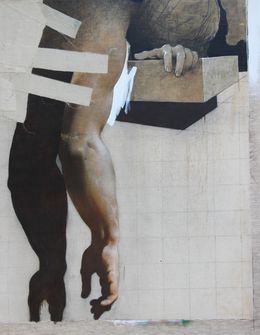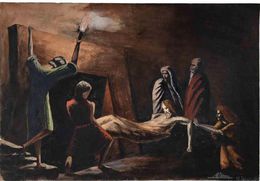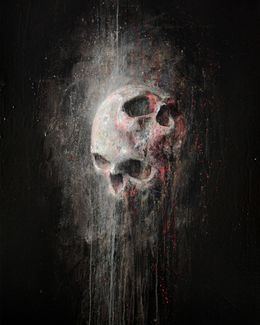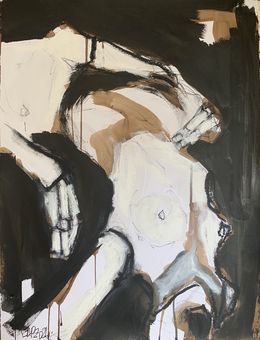
Inspired by Tintoretto
Born as Jacopo Robusti, Tinoretto (1518–1594) is known for his paintings in the style of the Venetian school. He has also been linked to the Mannerist movement. His contemporaries both admired and criticized the speed with which he painted, and the unprecedented boldness of his brushwork. The passion, energy and intensity he put into his art practice was unparalleled. His contemporaries were in awe of what was later termed his “Il Furioso" quality. Tintoretto's talents were not solely limited to art, he was a talented musician and pursuing an interest in mechanics.
Tintoretto's style of painting is characterized by bold lines and the use of long strokes to define contours and highlights. His paintings emphasize the energy of human bodies in motion, and often exploit reality and accurate perspectives in favor of heightening the dramatic effect. His painting is characterized by the gestures and dynamism of the figures rather than by their identifying features. The faces of his subjects deliberately do not reveal themselves to be anyone of recognition. In the mannerist style, muscular figures take on dramatic movements which are brought into a composition through a bold use of perspective. Tintoretto's paintings therefore use the character's physicality to create a narrative. Many artists today and in the past have followed this vein of thought in their pursuit of dynamism in their artwork. On Artsper, check out a curation of pieces from contemporary artists such as David LaChapelle and Frédéric Martin that choose the kinetic human body as their subject of choice!
Save your search and find it in your favorites
Save your search to find it quickly
Saved search
Your search is accessible from the favorites tab > My favorite searches
Unsaved search
A problem occurred





Laurent Anastay-Ponsolle
Fine Art Drawings - 76 x 56 x 0.1 cm Fine Art Drawings - 29.9 x 22 x 0 inch
$1,168




